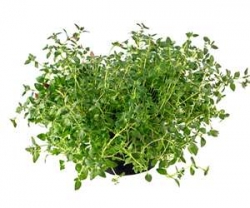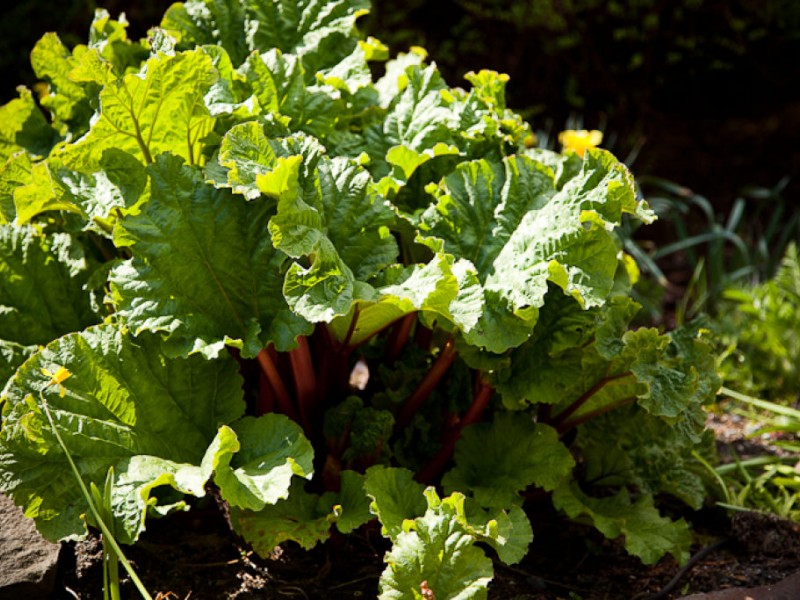
Some herbs are mainly used for potpourrie like lavender, and the scented geraniums.

The main question is what kind of herbs do you want to grow? Do you want mostly culinary herbs to cook with, or are you interested in health remedies, or both? Herbs like mustard and horseradish can be used for both purposes. Some herbs considered tender perennials elsewhere are hardy here in zone 8, including rosemary, oregano, sweet marjoram, lemon balm, lavender, and bay to name a few. Water deeply and then let dry out.So you want to grow an herb garden: You are in luck if you want an herb garden and you live in Central Texas. Avoid over-watering plants as we head into heat.Water fruit and nut trees deeply to avoid fruit drop-off.Walk the garden in early morning to pick off stink bugs and largus bugs from tomatoes.Prune herbs often to encourage new growth.Keep a garden journal to note bloom times and insect habits.A brief shower doesn’t mean it penetrated to the roots. Even if rain comes, check the soil to 3” deep to make sure their roots have water. Do not apply chemicals: pull them up or mow down before they set seed. Mulch, but avoid touching the base of trees and roses.Collect cilantro seeds when totally dry for coriander in the kitchen or to plant next year.Store in jars, envelopes, or paper bags (not plastic) to plant in November. Collect seeds from spring-blooming plants.Leave clippings on the lawn to naturally fertilize. Don’t remove more than 1/3 of the top at a time. As we head into summer, keep the roots cool by leaving the grass long. Move the lawn mower setting up to high.Remove damaged leaves to the trash (not the compost pile). Aphids and other insects can create sooty mold on plants, a fungus that develops from their secretions (honeydew).



Annuals: zinnia, cosmos, sunflower, celosia, penta, periwinkle, gomphrena, portulaca and other “ice” plant succulents, Mexican sunflower, salvia coccinea.


 0 kommentar(er)
0 kommentar(er)
